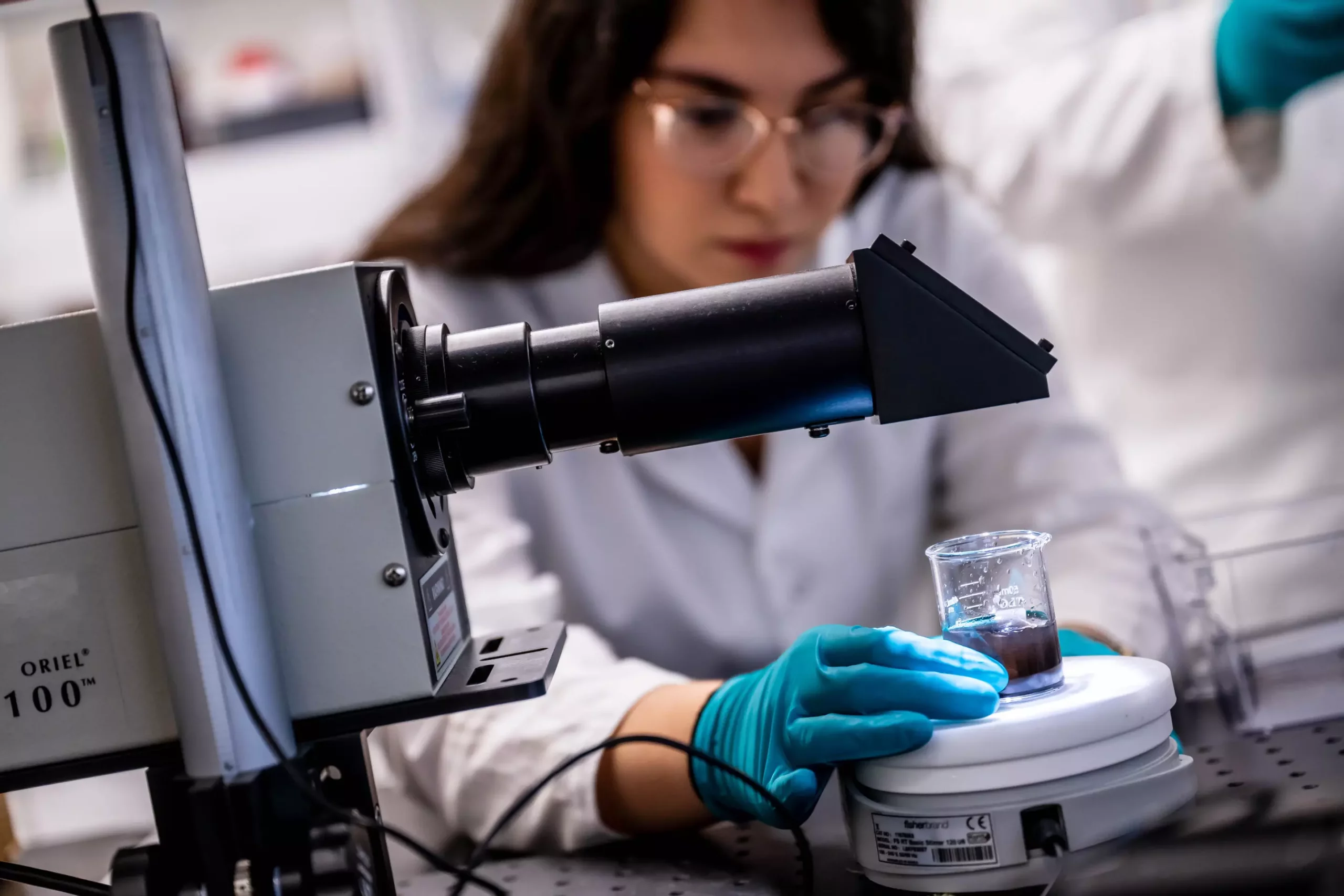Per- and polyfluoroalkyl substances (PFAS), often referred to as “forever chemicals,” are increasingly recognized for their negative environmental and health impacts. A groundbreaking new approach to managing these substances has emerged from the University of British Columbia (UBC), aiming to address a persistent global issue. This technological advancement offers a dual strategy to both capture and eliminate PFAS from water supplies, potentially transforming how communities manage pollution and safeguard public health.
PFAS have become ingrained in many consumer products due to their chemical properties, which lend water and stain resistance. Commonly found in items such as waterproof clothing and non-stick cookware, these substances have inadvertently found their way into groundwater and surface water, raising serious health concerns. Scientific studies have linked PFAS exposure to a wide array of health hazards, including cancer and liver damage, forcing scientists and regulatory bodies to seek effective methods for their treatment.
Dr. Johan Foster, the lead researcher of the UBC project, articulated the complexity of breaking down these substances. Their persistence in both the environment and the human body leads to a need for innovative solutions. The UBC research indicates that the technology they developed is a significant step forward, potentially capable of disrupting the trajectory of PFAS contamination in a sustainable manner.
The UBC team engineered a treatment system that integrates an activated carbon filter with a patented catalytic method specifically designed to tackle the challenges posed by PFAS. This dual-function system not only captures harmful substances but also facilitates their decomposition into non-toxic components, effectively addressing the contamination at multiple points.
The process is characterized by adsorption—a chemical phenomenon that allows harmful particles to be trapped by the filter. The team emphasizes the efficiency and speed of this innovative approach, which enables the rapid processing of large quantities of water. Unlike existing methods that either focus solely on adsorption or destruction of PFAS, this method offers a comprehensive solution that works in two stages of treatment.
One of the standout features of the UBC system is its reliance on ultraviolet (UV) light, although notably less than what is required for many alternative processes. Preliminary results revealed that the UBC catalyst was consistently able to eliminate over 85% of perfluorooctanoic acid (PFOA) even under suboptimal UV conditions. This flexibility in operational requirements renders the technology applicable in diverse geographic settings, including regions that receive limited sunlight.
Dr. Raphaell Moreira, who collaborated on the research, highlighted the importance of this adaptability. The UBC system could aid municipalities located in northern climates or those otherwise challenged by inadequate access to sunlight, thereby widening its potential use case significantly.
While the primary focus of initial studies has been on PFAS, the versatility of the catalyst suggests that it could also be effective in addressing other persistent contaminants in water systems—a growing concern globally. The implications of this research extend beyond specific chemical treatments, as it presents a creative avenue toward multiplatform water purification methodologies.
The commercial potential of this advancement is underscored by the establishment of ReAct Materials, a company aimed at exploring market applications for the technology developed at UBC. Early indications show that the catalyst can reduce up to 90% of PFAS in water in under three hours. Moreover, the researchers posit that because the catalyst can be derived from waste materials—such as forest and agricultural refuse—it not only provides an economical solution but also promotes sustainability.
The UBC initiative represents a tangible response to the growing challenges posed by PFAS pollution. As communities worldwide face the persistent threat of these “forever chemicals,” effective and sustainable solutions are essential. The integration of adsorption and chemical breakdown, coupled with the ability to function under varying conditions, positions this new treatment method as a potential game changer in water purification. Through research and innovation, the aspiration to reclaim and sustain clean water sources seems more attainable than ever.


Leave a Reply